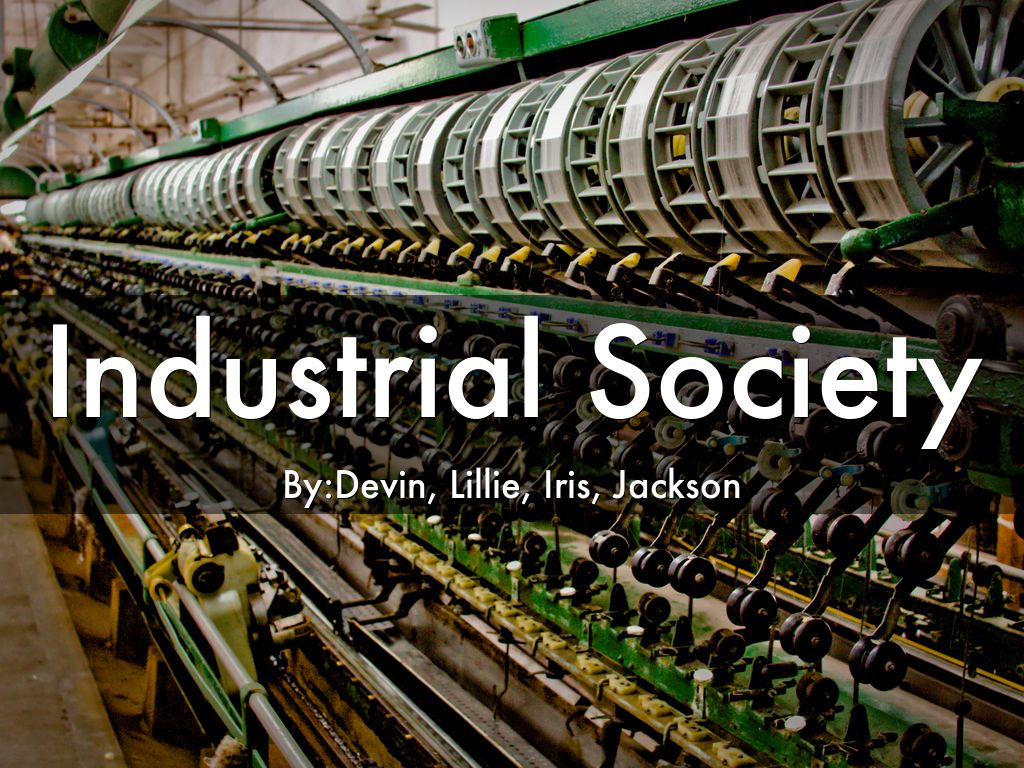When the Liverpool and Manchester Railway line opened in September of 1830, the railway train—drawn by the Rocket, then the fastest and strongest of the locomotives—ran down and killed William Huskisson, a leading British politician and an ardent advocate of improving transport and communication, who had under-estimated its speed. This, the first railway accident in history, was symbolic of the new age to come, which benefited many, brought destruction to some, and transformed society far more rapidly than anyone had predicted.
The industrial revolution proceeded in stages, the speed and sometimes sequence of which differed in different nations. Along with an economic revolution in Britain, a political revolution continued in France, which deeply influenced industrial development. This dual revolution led to patterns of cause and effect that are so complex that philosophers, economists, and political scientists continue to argue about their meanings today. These arguments— in defense of capitalism, in support of socialism, in advocacy of communism—produced ideologies so powerful that their exponents often dominated the intellectual history of their time.
Frequently necessity did prove to be the mother of invention. As each new machine, each new adjustment in manufacturing technique produced the need for yet another new machine or another adjustment in the laboring force, inventors, entrepeneurs, and managers showed remarkable innovative capacity. Urbanization accelerated because industry worked best on the basis of concentrated centers of production. Concentrated in these specific centers of production and often working at the same job, laborers developed a sense of class consciousness.
Periodic dislocations in the market, overproduction, or perhaps the failure to procure a needed supply of raw materials sometimes led to unemployment. The cities thus became centers for both the laboring classes and “the dangerous classes”—those who through discontent, anger, despair, or the inability to find a role to play in an increasingly complex, specialized working class, turned to lives of crime. Simultaneously, a transportation revolution—the railroad on land and the steamship by sea—brought the problems and the successes of one area ever more quickly to another.
The industrial revolution was truly a revolution in both senses of the word. It transformed the lives of millions of people, and it proceeded to “revolve,” to unfold at greater speed, to influence those who thought of themselves as distant from the centers of production or unconcerned with the changes brought to society.
Just as mechanization of one stage of textile manufacturing virtually demanded mechanization of the next stage, so did changes in the relationships between stages of production lead to changes in the nature of labor, of the family, of nutrition, and of disease. By the 1890s the industrial revolution had produced an industrial society.
The industrial society developed new tastes in art, literature, and music. Interest in science became increasingly utilitarian. The revolutionary theory of evolution— applied originally to biology but quickly adapted to economics, society, and even politics—reinforced an emphasis on competition, on survival by contest.
The search for knowledge became less intuitive, less romantic, and more capable of being quantified, more open to statistics, research, and the “objective” gathering of data. Competition between nations, between businesses, even between individuals and teams through organized athletics, would mark the industrial society.

